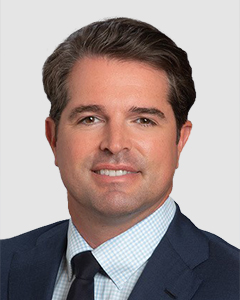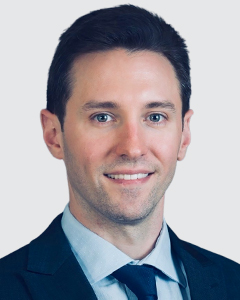Spine Care
Health Central Hospital
Individuals suffering from back or spine pain need look no further than Orlando Health – Health Central Hospital. Our spine surgery program has earned The Joint Commission’s Gold Seal of Approval® for certification in spine surgery, reflecting our commitment to providing safe and quality patient care.
Through the Orlando Health Neuroscience Institute Spine Care Center, patients have access to a comprehensive center dedicated solely to the care of disorders affecting the spinal column. From common conditions such as disc herniations to more complex issues including spinal tumors, infections and fractures, we offer the most advanced diagnostic tools, technologies and therapies to treat a full range of conditions.
Our multidisciplinary team includes highly trained rehabilitation therapists, nurses, pain management specialists and a skilled group of neurosurgeons, many fellowship trained in complex spine surgery. Our surgeons have performed more spinal surgeries than any other group in Central Florida, and procedures include minimally invasive techniques, robotic-assisted surgery, artificial disc replacement, computer navigation and spinal 3D in-house printing.
Treating Complex Conditions and Injuries
We treat a variety of complex spine conditions and injuries, including:
- Arm radioculopathy
- Fracture pain
- Low back pain
- Lumbar radioculopathy
- Muscle pain
- Neck pain
- Sciatica pain
- Thoracic spine pain
Outpatient Spine Clinic
Orlando Health Neuroscience Institute’s outpatient spine clinic is dedicated to providing rapid and highly specialized care for your back and neck pain. If you are experiencing discomfort, your primary care doctor can refer you to our team of compassionate specialists. Our goal is to see patients within one or two days, getting you quick pain relief while avoiding a trip to the emergency room.
Orlando Health - Health Central Hospital
Outpatient Spine Clinic
10000 W. Colonial Dr.
Medical Office Building, Suite 284
Ocoee, FL 34761
(321) 841-7550
Meet the Team
Surgery - Spine
Interventional Spine and Pain Management
Interventional Spine and Pain Management
Neurosurgery
Request an Appointment
For highly specialized care for your back and neck pain, request an appointment here.





